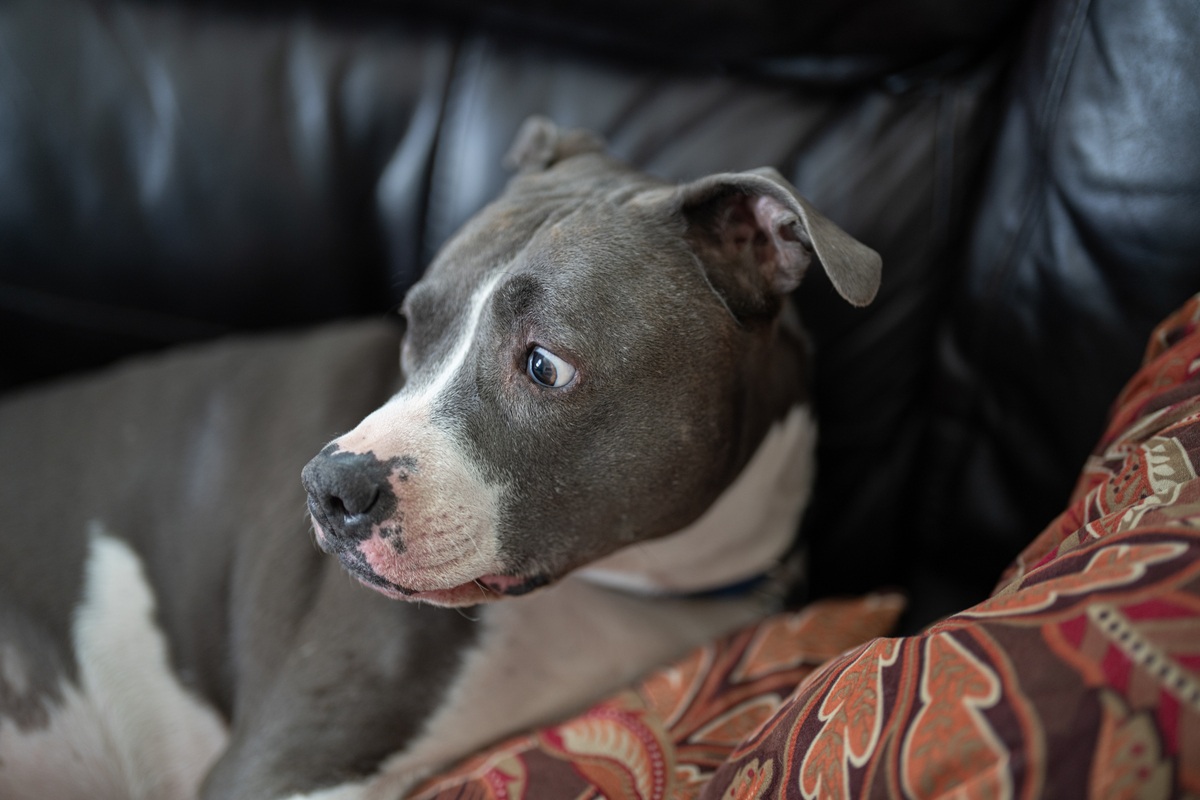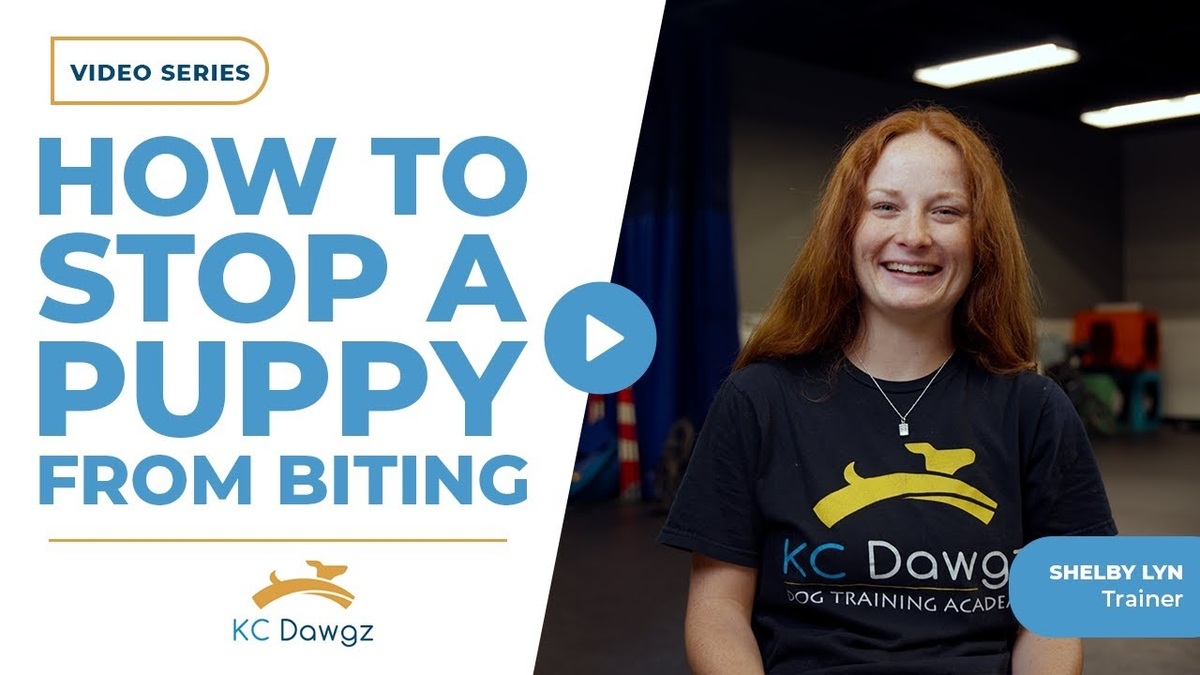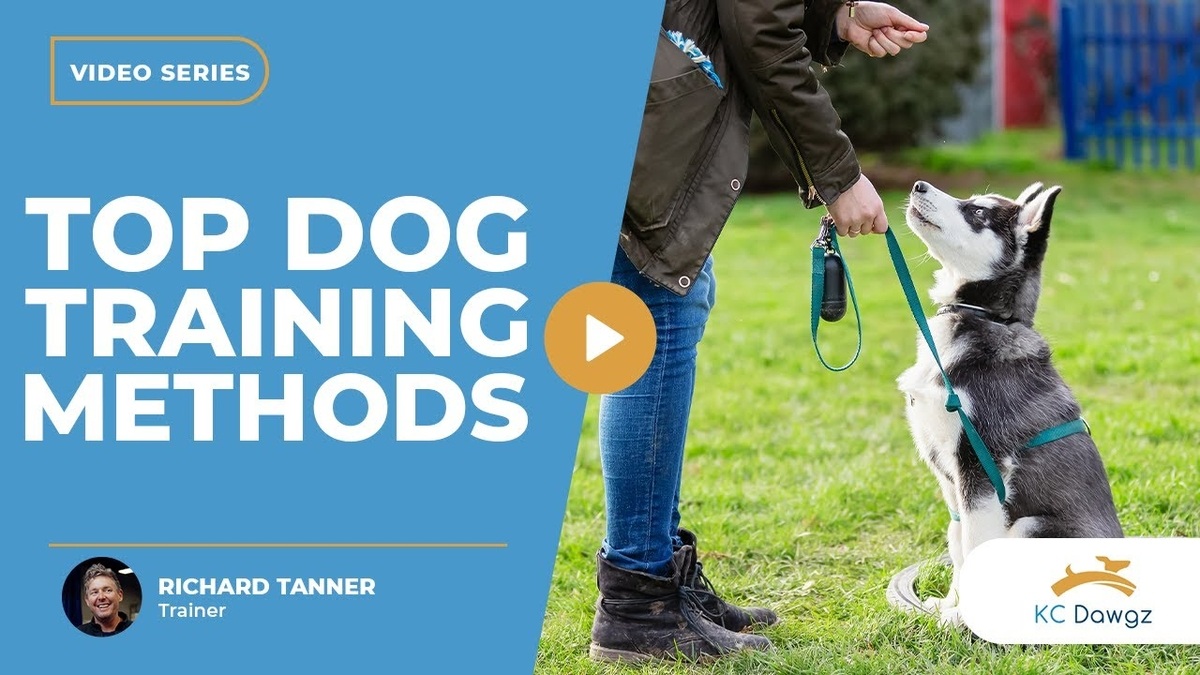Does your dog have a habit of peeing during greetings or when they’re overly excited? It might feel like a frustrating, endless cycle. The good news? Submissive urination and excited peeing are common dog behaviors that can be addressed with the right strategies and a little patience. These accidents aren’t signs of defiance or disobedience—they’re simply your dog’s natural responses to emotions they haven’t fully mastered yet.
In this post, we’ll explore why these behaviors happen and share practical, effective strategies to help your pup overcome them. With the right guidance, you can create a calmer, more confident environment for both you and your furry friend. Let’s get started!
Understanding Happy or Submissive Peeing
Submissive urination and excited peeing are not intentional behaviors. They often happen during highly stimulating or emotionally charged moments, and dogs usually don’t even realize they are doing it. For some dogs, this behavior is a way of expressing submission or deference, especially in response to greetings, loud noises, or sudden movements. For others, it’s simply a result of overwhelming excitement that they haven’t yet learned to control.
When dogs engage in submissive peeing, they may be feeling anxious, insecure, or overly submissive. On the other hand, excited peeing often occurs when they are overly happy or stimulated by things like playtime, greetings, or the arrival of guests. This kind of peeing is particularly common in puppies who haven’t fully developed their bladder control yet.
How to Curb Submissive Urination and Excited Peeing
Thankfully, there are several effective strategies we can use to curb submissive urination and excited peeing in our dogs. These approaches aim to reduce the intensity of the situations that cause this behavior and teach our dogs better control over their emotions. Here are some steps we recommend:
1. Keep Greetings Calm
One of the most effective things we can do is create a calm environment when greeting our dogs. If we come home and excitedly exclaim, “Hi, buddy!” in a high-pitched voice, this can trigger submissive or excited peeing. Instead, keep your greeting calm and quiet. Avoid direct eye contact at first, and crouch down to their level to reduce any intimidating postures.
2. Take Them Outside First
A great habit to develop is greeting your dog outside, especially if you know they tend to pee when you come home. By doing this, we can give them the opportunity to relieve themselves right away. Once they’ve had a chance to go to the bathroom, we can then bring them inside and give them a calm, low-key greeting.
3. Reward Calm Behavior
Positive reinforcement is key. When your dog remains calm during greetings or other exciting moments, be sure to reward that behavior. Praise them quietly and offer a treat or affection when they handle a situation well. By doing this, we reinforce the idea that calm behavior is rewarded, and over time, they will begin to associate staying calm with getting attention and rewards.
4. Mark Outside Bathroom Success
Another useful tip is to “mark” or celebrate when your dog goes to the bathroom outside. For instance, once they’ve relieved themselves outside, offer praise or a treat. This not only reinforces outdoor bathroom habits but also helps them recognize that going to the bathroom outside is the goal.
5. Limit Excitement Indoors
It’s also important to manage excitement levels inside the home. Save the excitement for appropriate times, such as during play sessions, and try to minimize overly stimulating situations when they are not necessary. Calm, structured play and interactions help reduce the overall chances of excited peeing.
Handling Puppies and the Role of Maturity
It’s important to note that submissive urination and excited peeing are particularly common in puppies. Their bladder control is still developing, and they are often easily overwhelmed by new experiences. The good news is that the vast majority of puppies will outgrow this behavior as they mature. In fact, about 90 to 95 percent of puppies grow out of submissive urination and excited peeing by the time they are a little older.
For young dogs, patience is key. Continue to follow the calming strategies listed above, and understand that it’s a phase many puppies go through. As they grow more accustomed to their environment and develop better bladder control, this issue usually resolves on its own.
In Summary: Patience and Consistency Are Essential
Learning how to stop dog submissive urination and excited peeing takes time, but with patience and consistency, success is achievable. By staying calm during greetings, taking dogs outside immediately when we return, rewarding calm behavior, and minimizing indoor excitement, we can help our dogs develop better control over their bladder and emotions.
There is no instant solution to this issue, but with time and maturity, many dogs will naturally improve. By sticking to these strategies, your dog will gradually learn how to handle excitement and anxiety more effectively.
If you need help to stop dog submissive urination, don’t hesitate to contact us. We’re here to guide you through the process and support both you and your dog in achieving calmer, happier interactions.




